Peripheral Artery Disease
Peripheral Artery Disease, commonly referred to as PAD, is a chronic condition of the arteries of the arms and legs. In PAD, the arteries in the arms and legs develop blockages, reducing blood flow to the limbs. They are caused by arterial plaque buildup on the wall of the artery that causes narrowing of the artery. This can result in leg pain, wounds and skin discoloration.
Risk Factors
- Age greater than 70 (50 if you have diabetes or smoke)
- Diabetes
- Smoking
- Hypertension (High Blood Pressure)
- High cholesterol
- Lack of exercise
- Family history of vascular issues
Symptoms
- Cramping pain in the legs and calves with walking or exercise, can worsen over time and, in severe disease, be painful while at rest
- Cool temperature of skin
- Discoloration of toes, gangrene (death of muscles and skin tissue) in severe disease
- Wounds that do not heal over time
Diagnosis
- Non-invasive studies
- Ankle-Brachial Index: a comparison between the blood pressure measurements in your arms and legs
- Pulse volume recordings: A series of blood pressure measurements to help in determining location and severity of disease
- Arterial duplex ultrasound: an ultrasound test to visualize blood flow.
- CTA/MRA: A scan with the use of dye to visualize the blood flow throughout the arteries
Treatment
- Conservative Management
- Programmed walking exercise: Patients who experience claudication symptoms should attempt to increase their exercise tolerance. Patients should attempt at least 30 mins of walking, three times a week
- Medication
- Antiplatelet medications like aspirin and Plavix; cholesterol medication that can help decrease the amount of plaque buildup; and vasodilators, like Cilastazol
- Endovascular Revascularization
- Patients with persistent
claudication or non-healing wounds should undergo an angiogram. A
surgeon injects dye into the arteries to visualize flow. From there, the
surgeon can use arterial balloons, stents and atherectomy devices to
attempt to open the arteries and clear the blockages to improve blood
flow
- Surgical Procedures
- For patients who are not candidates for endovascular revascularization, surgery may be required to bypass the blockage or clear the plaque from the artery
Learn more
Peripheral Artery Disease (PAD)
Varicose and Spider Veins
Deep Venous Thrombosis (DVT)
Abdominal Aortic Aneurysm (AAA)
Peripheral Aneurysmal Disease
Carotid Artery Disease
Dialysis Access
Wound Care
Vascular Lab
Giant Cell Arteritis
Lymphedema
Mesenteric Ischemia

Peripheral Artery Disease
Peripheral Artery Disease, commonly referred to as PAD, is a chronic condition...
Read More
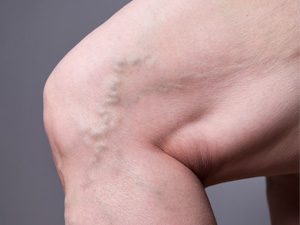
Varicose and Spider Veins
Varicose veins are twisted, enlarged veins, most commonly found in the legs....
Read More
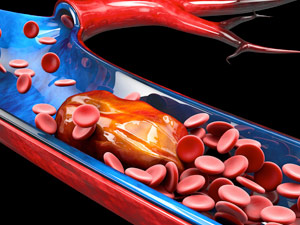
Deep Venous Thrombosis
A Deep Venous Thrombosis (DVT) is a blood clot that forms in the deep veins in the body....
Read More

Abdominal Aortic Aneurysm
The aorta is the largest artery in the body. The walls of the segment of the aorta in the abdomen...
Read More
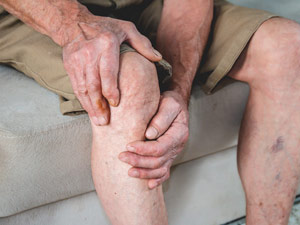
Peripheral Aneurysmal Disease
An aneurysm is a bulging of the artery caused by the weakening of the walls of the artery....
Read More
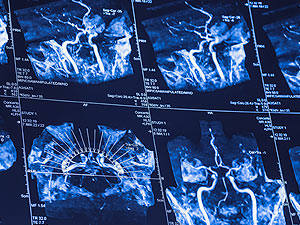
Carotid Artery Disease
Stenosis, or stiffening, of the carotid arteries occurs when fatty deposits, or plaques, adhere to the walls...
Read More
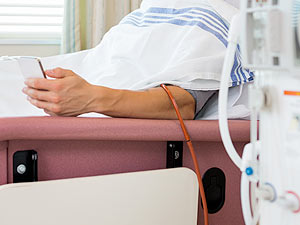
Dialysis Access
Our kidneys filter wastes and excess fluid from our bodies. Some patients suffer from...
Read More

Wound Care
Whether you’ve had a wound for a short period of time or wounds that recur over time, open wounds can interfere...
Read More
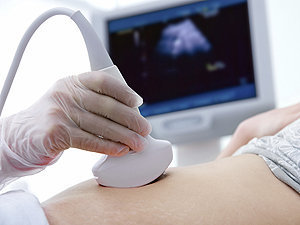
Vascular Lab
Ultrasound exams, also called sonograms, are painless, fast and especially useful to help your physician diagnosis...
Read More
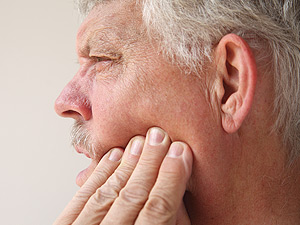
Giant Cell Arteritis
Giant cell arteritis is inflammation of the walls of the arteries, most commonly in the arteries in the head....
Read More
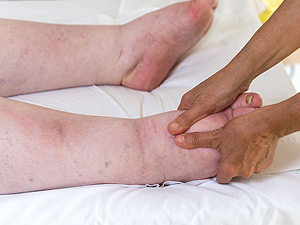
Lymphedema
Lymphedema is the buildup of lymph fluid in the arms or legs. Lymph fluid is usually filtered by lymph nodes,...
Read More
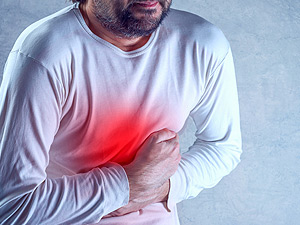
Mesenteric Ischemia
Mesenteric Ischemia is poor blood supply to the mesenteric organs, like the intestines, stomach, liver and colon....
Read More
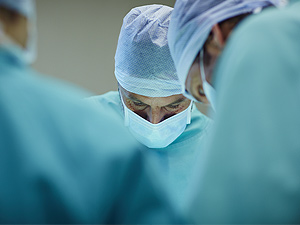
Meet Our Team
Our surgeons see patients for aneurysmal diseases of the arteries, peripheral artery disease,...
Read More